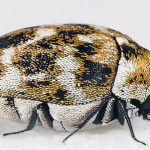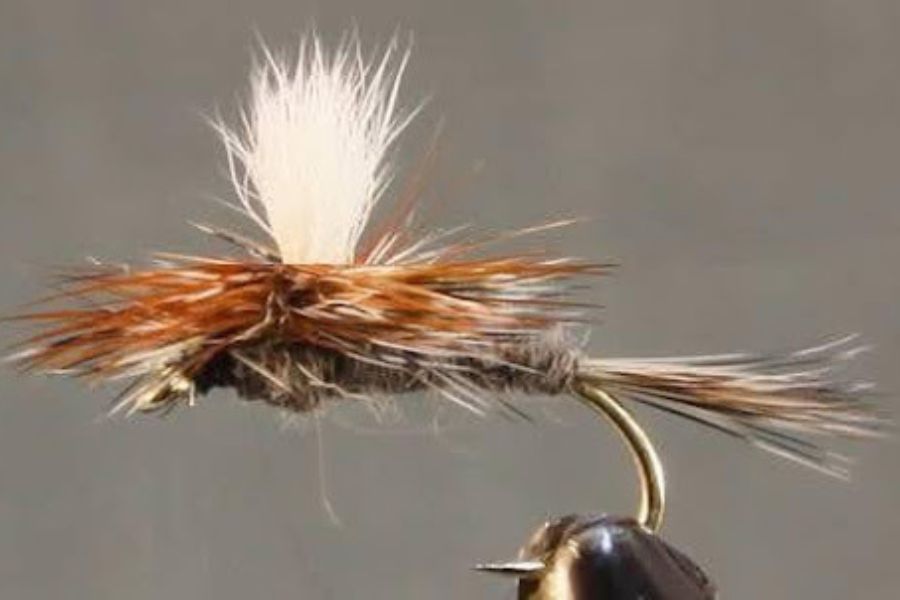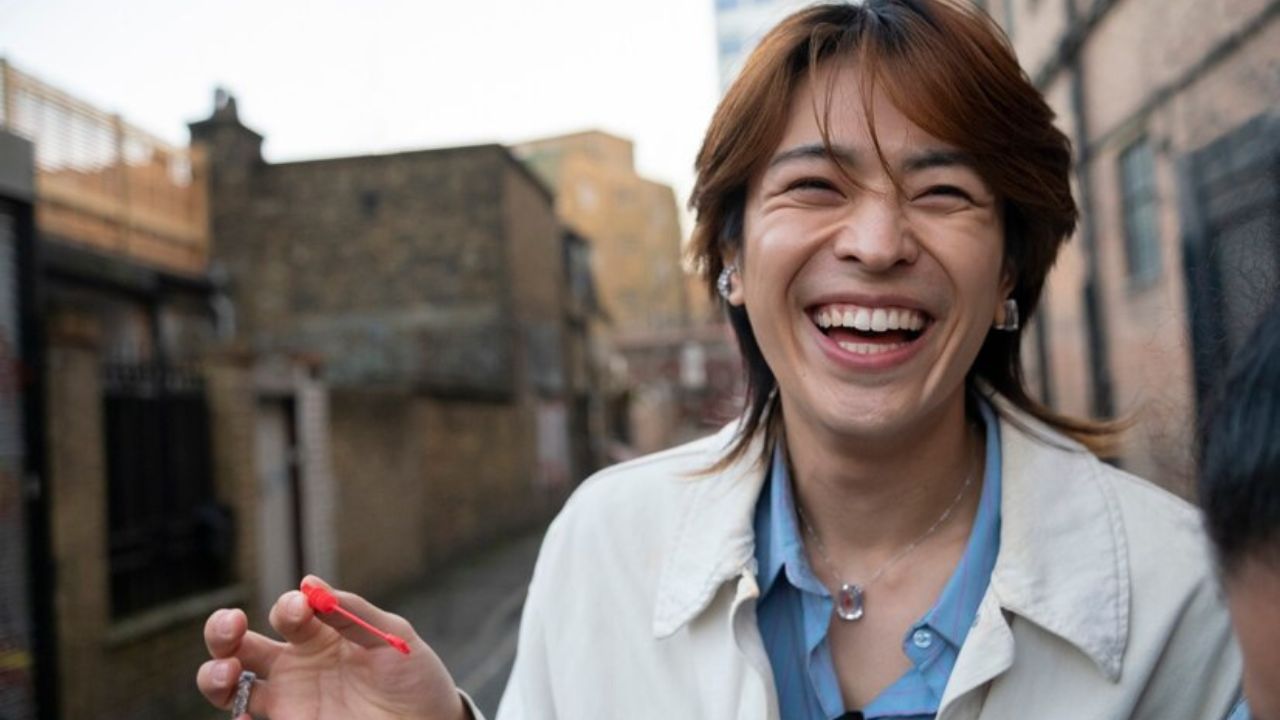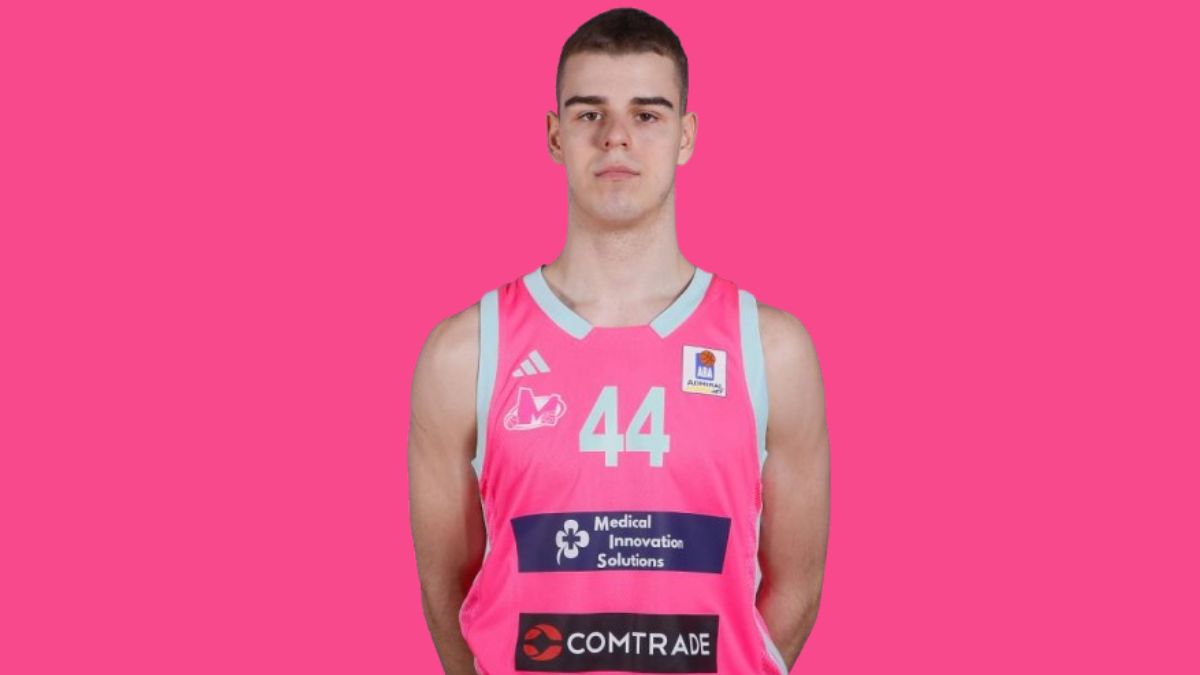The parachute Adams fly is an indispensable gear in an angler’s toolkit. Besides its fancy-sounding name, this angling equipment has proven remarkably effective in most dry fly fishing scenarios. It’s particularly ideal for targeting trout. If you’re new to fly fishing and are wondering what the parachute Adams fly is about, this post is for you. We’ve prepared a comprehensive guide to the parachute Adams fly and why it’s a must-have for your tackle box.
What Is The Parachute Adams Fly?
To understand the parachute Adams fly, it’s important to take a step back and acquaint yourself with the Adams fly. The Adams fly is a traditional dry fly designed primarily for trout fishing. Initially created in 1922 in Mayfield, Michigan, by Leonard Halladay, the Adams fly has garnered tremendous popularity over the years among recreational and commercial anglers alike. The pattern is mostly beloved for resembling an adult mayfly, midge, or flying caddis. Unlike most inventions that derive their names from their creators, the name “Adams fly” was inspired by the first person to fish the dry fly – Charles F. Adams – a close friend of Halladay. Since its creation, the Adams fly has spawned several imitations. The most effective of those is the parachute Adams fly. The parachute Adams fly was designed to imitate more adult-stage, aquatic-born bugs than the traditional Adams fly. It’s more reliable for catching trout and other intelligent fish species.
What Makes The Parachute Adams Fly Stand Out?
When dry fly fishing, you want to present your prey with the most realistic-looking bait possible. That’s especially true if you’re targeting smart or skittish fish, which may easily see through your bluff and swim away to safety.
The parachute Adams fly was specially designed for such scenarios. The dry fly pattern aptly resembles numerous aquatic-born insects, allowing it to lure even the most elusive fish species. Below are other reasons to incorporate the parachute Adams fly into your tackle box;
Highly Versatile
As already hinted, the Parachute Adams fly resembles tons of aquatic-born bugs. That’s what primarily distinguishes it from the traditional Adams fly. Examples of insects that the parachute Adams fly can imitate include mayflies, dragonflies, stoneflies, midges, and caddis. Thanks to its versatile design, the Parachute Adams fly is suitable for targeting multiple game fish species.
Enhanced Visibility
Many anglers rely on the sense of touch to determine if they’ve nailed prey. Usually, they cast their fly lines and wait patiently for signs of drag. However, the parachute Adams fly does you one better. This dry fly pattern typically comes in fancy colors, allowing it to maintain visibility. Provided that you’re using a floating fly line, you can constantly track the location of your dry fly even while fishing in muddy water or low-visibility conditions.
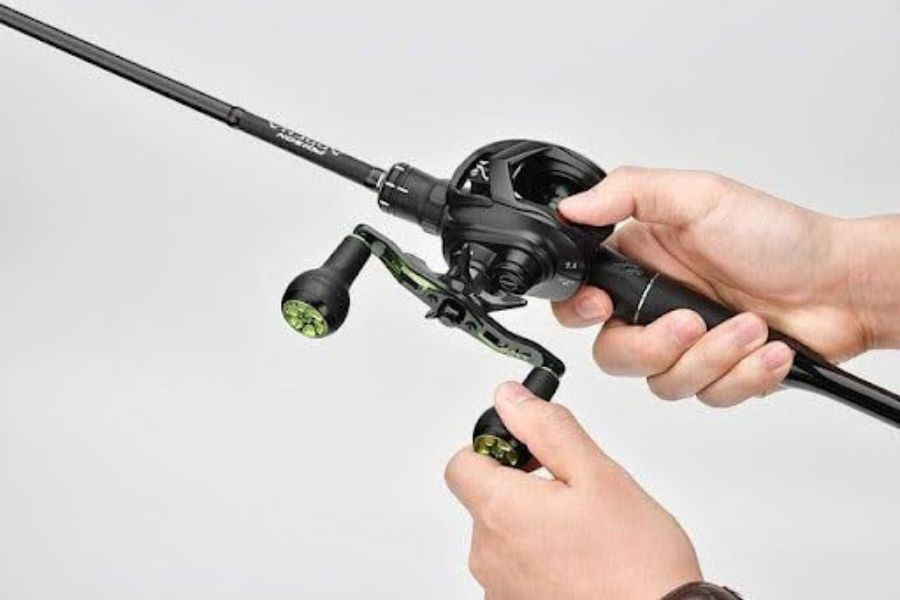
Easy To Tie and Use
Difficulty tying a dry fly pattern is one of the most commonly reported challenges by beginner anglers. Fortunately, it’s another area where the parachute Adams fly stands out. The parachute Adams fly is incredibly easy to tie (as you shall find in the subsequent section). You can tie the pattern into multiple variations, depending on the target prey. A popular variation is when you tie the hackle parachute-style around the wing base of a white calf hair. Alternatively, you may tie a yellow body tag around a female-looking fly to mimic an egg sac. Experts recommend patterns that give your bait seamless buoyancy while maintaining its realistic appearance.
Picking the Best Parachute Adams Colors
The parachute Adams fly comes in an array of colors. Ideally, you want to pick a color that resembles your bait’s. The good news is that aquatic-born bugs come in multiple shades, from red and yellow to purple, grey, white, and auburn. Visibility is another critical consideration while choosing the parachute Adams colors. To improve your angling success rate, insist on brighter shades of the selected hues.
Lastly, consider the type of water you’re fishing in while selecting the best parachute Adams fly colors. For instance, brighter shades of blue and green may be ideal if fishing on clear inland water. However, such colors may blend into the blue seawater, reducing your bait’s visibility.
How to Tie the Parachute Adams Fly
Ease of tying is one of the Parachute Adams fly’s biggest selling points. Here’s a quick guide on how to tie the dry fly pattern;
- Run your parachute Adams thread along the base.
- Once you’ve established the thread, work the tail section.
Blend the two feathers seamlessly by slipping them between your fingers. Now, tie the blended feathers around the shank’s bend and run the thread 70% across the shank’s length.
- With the tail in place, it’s time to establish the wings.
Put a small portion of the wing material in a hair stacker and clip the tip ends. Then, tie the clipped ends to the portion of the calf tail that you previously left off. Make some wraps underneath the wing and a couple more in front, then clip off any rearward-facing wing material.
- Make X wrap around the wing material and the shank, then apply a pinch of dubbing to the thread.
- Bring the differently-colored saddle together and tie it above the shank before the wing.
- Clip any outward-facing material and apply some dubbing at the thorax.
- Create overlapping wraps around the wing, then complete the process by clipping off any excess feathers.
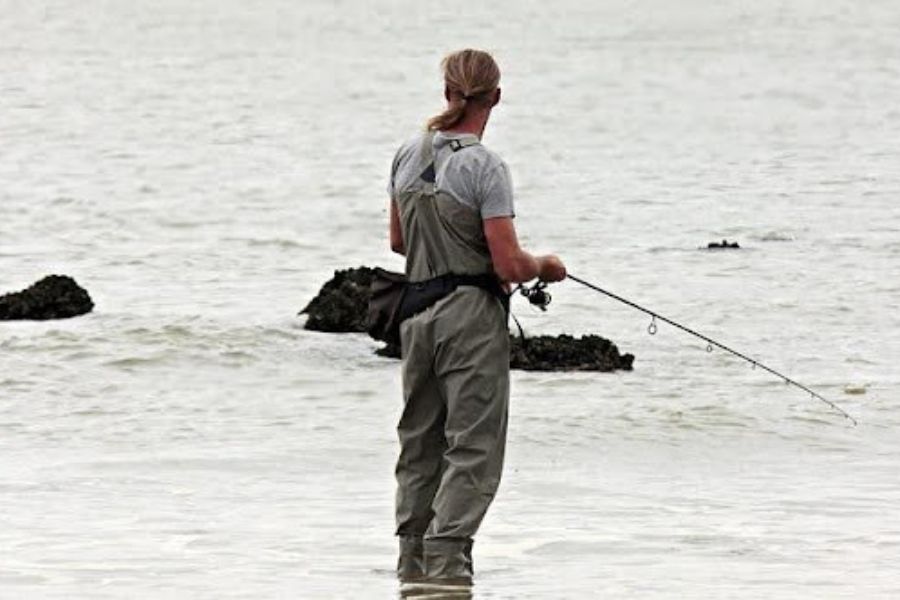
Wrap Up
Adding a parachute Adams fly to your tackle box is ingenious if you plan to go dry fly fishing. Designed to mimic multiple aquatic-born bugs with incredible efficiency, the parachute Adams fly lets you outsmart the most intelligent fish. Moreover, the dry fly pattern is straightforward to tie and deploy. Even better, you can readily purchase it at your nearest tackle box store and enjoy the thrill of dry fly fishing. Visit Variety Magzine for more informative blogs.


